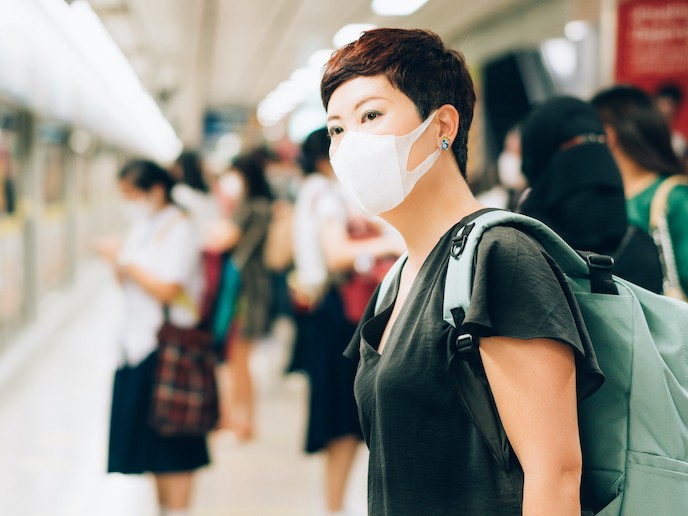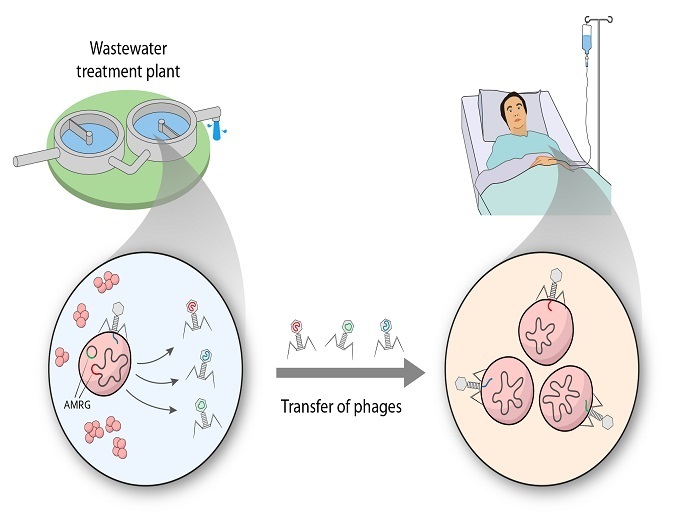Beyond COVID-19: Preparing for the next pandemic
The coronavirus pandemic has underscored the global threat posed by novel infectious diseases, particularly those that can jump suddenly from animals to humans, known as zoonotic pathogens. Yet it will not be the last one we face. “People and animals are coming into contact more often. Also the latest outbreak, which originated in China, most likely started (but has yet to be fully verified) through contacts at animal markets,” explains Bart Haagmans, a virologist at the Erasmus University Medical Centre, and co-lead of ZAPI. “And there is climate change,” adds co-lead Jean-Christophe Audonnet, senior director at Boehringer Ingelheim,“where diseases present in one part of the world can be borne by insects and come to Europe, as we have seen in two recent outbreaks, bluetongue disease and Schmallenberg virus disease, which affected ruminants.”
Supporting the search for a vaccine
ZAPI is a public-private partnership, EU- and industry-funded, that addresses this growing issue by designing new tools to rapidly respond to major new pandemic threats in Europe and across the world. A platform developed by ZAPI may allow the rapid characterisation, design and large-scale production of vaccines to prevent the spread of disease in animals and humans. Yet did the researchers expect their work to become so essential, so soon? “Yes and no,” says Audonnet. “If you go back to the early documents we drafted to justify this project, this is exactly why we did it. Of course we didn’t want to see it happen so soon. We have made tremendous progress but are not fully ready yet.” Haagmans seconds this view but notes that several of the findings developed during the course of ZAPI had already been adopted by groups pursuing vaccines and neutralising monoclonal antibodies against COVID-19. While ZAPI is facilitating the rapid development of vaccines and antibody treatments, not all of the obstacles to controlling a pandemic are technical ones. “There are policy and regulatory requirements that you have to overcome, and you cannot change all the rules overnight,” says Audonnet. “As a standard and minimal rule, you need of course to make sure that a new vaccine is safe; you cannot compromise time for that.” He explains that while there is a provision for using experimental vaccines in animals during an emergency, no such provision exists for human vaccines, although the current pandemic may help to lower requirements and accelerate regulatory reviews considering the type of vaccine technology used.
COVID-19 now but what next?
While the world faces COVID-19, researchers at ZAPI are scanning the horizon for the next threat. It’s impossible to know which emerging microbes will have the capacity to cause serious, widespread disease in humans. All we can do is prepare for the worst and practise high vigilance. “It’s a bet on the future,” observes Haagmans. “If you don’t react immediately you will lose.” “There is no way of predicting what the next disease will be in animals or humans. But you do know it will happen,” adds Audonnet. “We want to reduce time for reaction, that is the goal of ZAPI, as shortening timelines will save lives. What was taking a few years is now taking a few months, and we are continuously progressing. Next time it will be even more efficient.”
Keywords
ZAPI, zoonotic, COVID, COVID-19, coronavirus, virus, Schmallenberg, bluetongue, animal, human, vaccine







